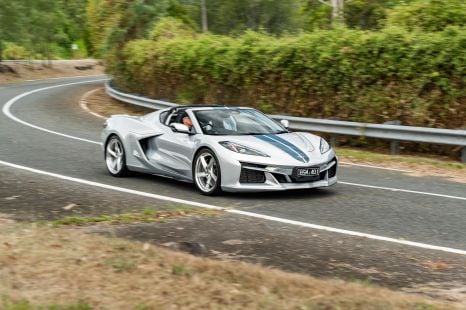

CarExpert.com.au
The CarExpert team's favourite cars of 2025
2 Hours Ago
Mercedes-Benz Vans wants to expand its premium portfolio, reduce fixed costs, and roll out a new electric platform.

News Editor
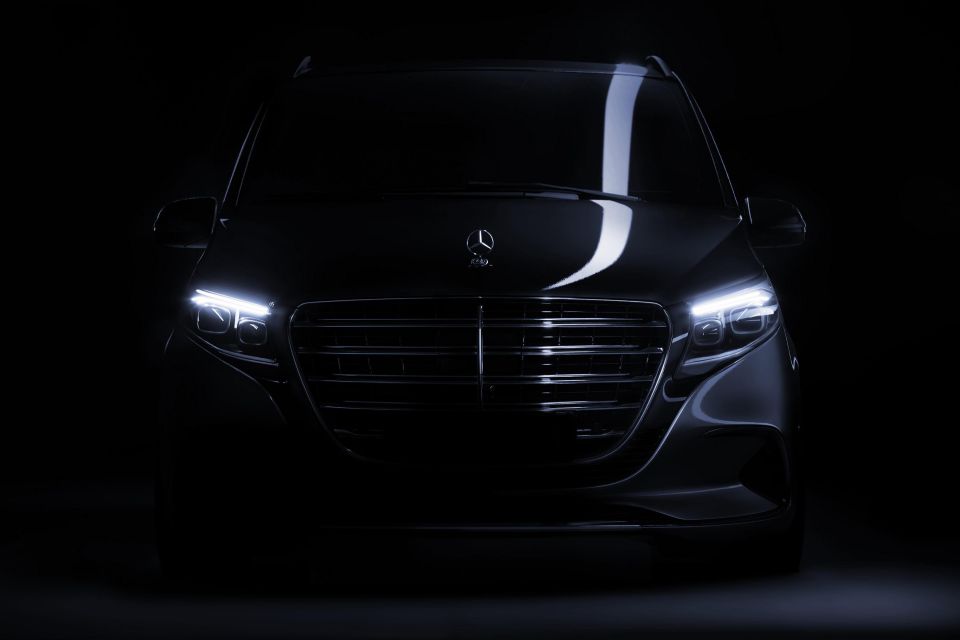

News Editor
Mercedes-Benz Vans plans to follow the three-pointed star’s passenger car business in rolling out a new electric vehicle architecture and having a greater focus on high-end models.
The division says it has already sold more than 40,000 electric vans, and is aiming for EVs to account for 20 per cent of its sales by 2026 and more than 50 per cent by 2030.
It will reach those targets with a new modular purpose-built EV architecture called VAN.EA, which will underpin all future mid-sized and large vans for the brand.

VAN.EA will also spawn “luxury private vans”, as well as an expanded range of ex-factory mid-sized and large camper vans.
The first VAN.EA model is due in 2026, and will be produced in Poland. Other models on this platform will be built in Spain and Germany.
Models on this architecture will use Mercedes-Benz’s new MB.OS proprietary operating system with greater over-the-air update capability.
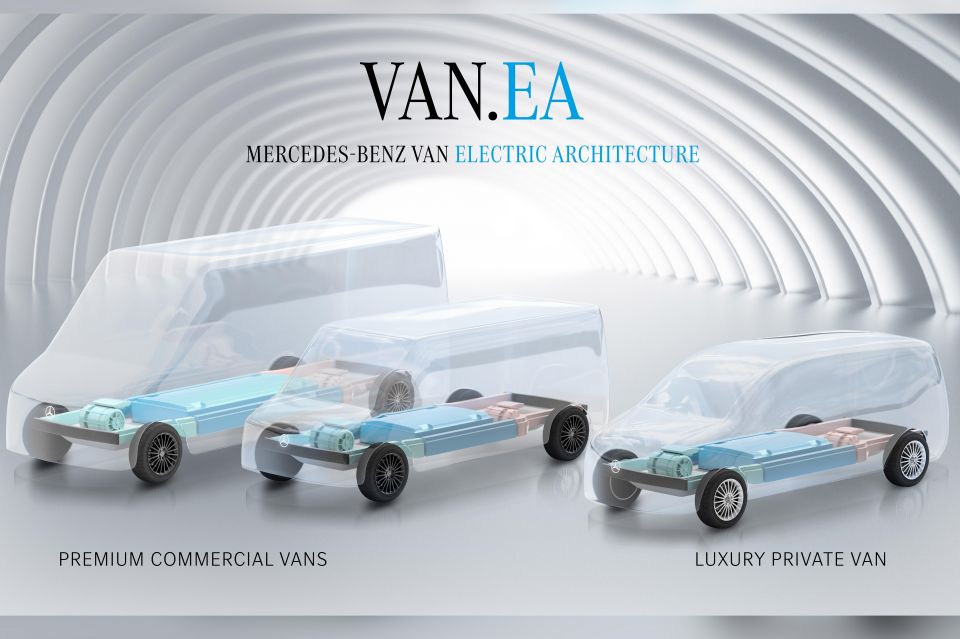
MB.OS will also support B2B-specific software and a range of new and existing software apps.
They’ll offer Level 2 autonomous driving technology, but Mercedes-Benz is aiming for Level 3 autonomy for private customers and Level 4 autonomy in the commercial segment by the end of the decade.
The company says it will “further extend the top-end of its product portfolio moving forward”, including the upcoming new V-Class.
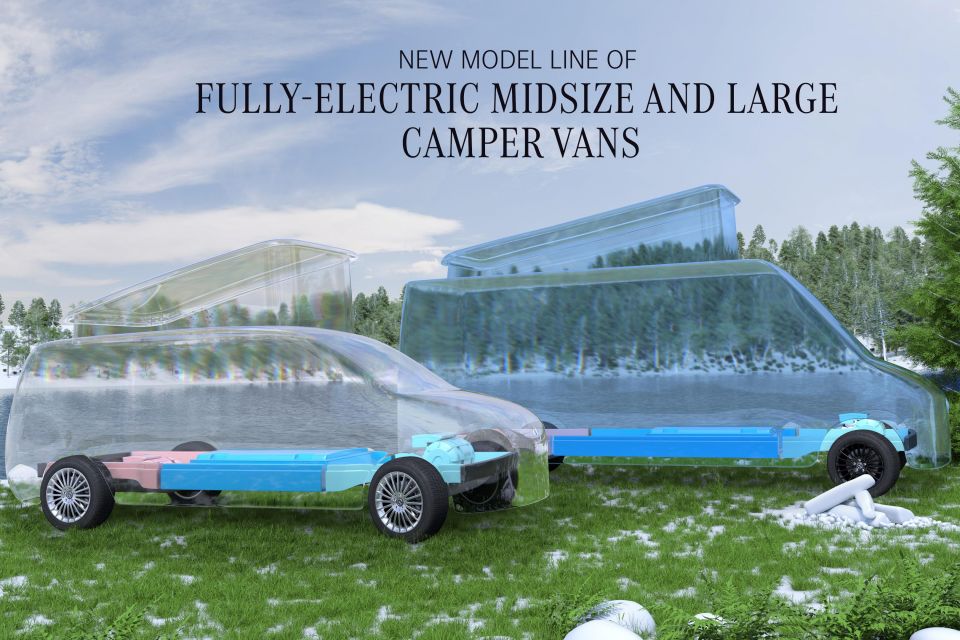
“The premium segment positioning for commercial vans and the luxury positioning for private vans will allow us to further strengthen our focus on high margin regions, channels, products, and industries,” said Mathias Geisen, head of Mercedes-Benz Vans.
“The broad range of industries we serve makes our business resilient – which is a strong competitive advantage.”
Mercedes-Benz Vans is targeting a double-digit return on sales until the end of the decade, and aims to reduce fixed costs by around 20 per cent – compared to 2019 – by the middle of the decade.
It’s aiming to improve its production processes and lower costs here, while also finding savings by reducing the complexity of the product portfolio.
Where expert car reviews meet expert car buying – CarExpert gives you trusted advice, personalised service and real savings on your next new car.
William Stopford is an automotive journalist with a passion for mainstream cars, automotive history and overseas auto markets.


CarExpert.com.au
2 Hours Ago
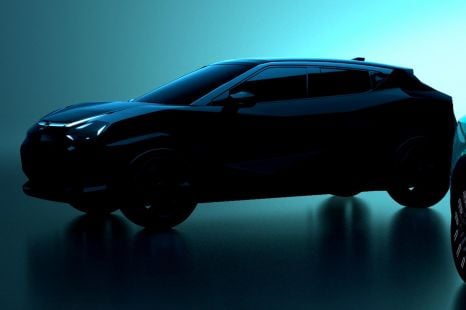

Damion Smy
16 Hours Ago
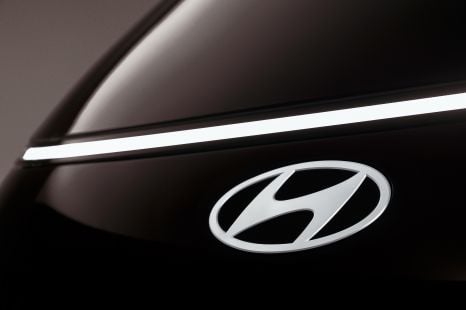

Damion Smy
19 Hours Ago
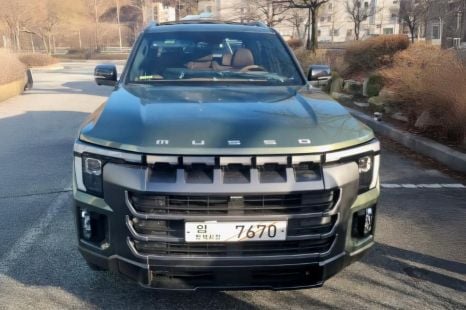

Damion Smy
23 Hours Ago


Damion Smy
1 Day Ago
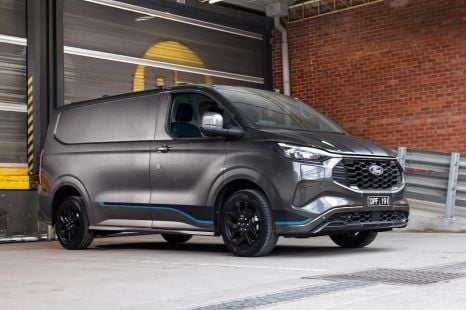

Damion Smy
1 Day Ago